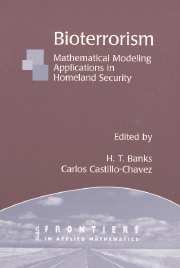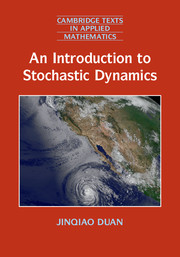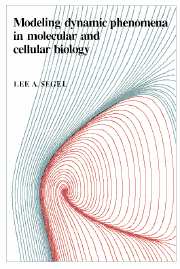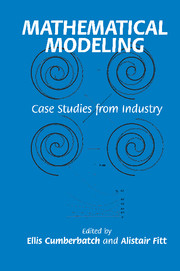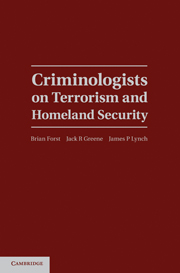Bioterrorism
Globalization and the possibility of bioterrorist acts have highlighted the pressing need for the development of theoretical and practical mathematical frameworks that may be useful in our systemic efforts to anticipate, prevent, and respond to acts of destabilization. Bioterrorism: Mathematical Modeling Applications in Homeland Security collects the detailed contributions of selected groups of experts from the fields of biostatistics, control theory, epidemiology, and mathematical biology who have engaged in the development of frameworks, models, and mathematical methods needed to address some of the pressing challenges posed by acts of terror. The ten chapters of this volume touch on a large range of issues in the subfields of biosurveillance, agroterrorism, bioterror response logistics, deliberate release of biological agents, impact assessment, and the spread of fanatic behaviors.
Product details
March 2006Paperback
9780898715491
250 pages
256 × 178 × 13 mm
0.462kg
This item is not supplied by Cambridge University Press in your region. Please contact Soc for Industrial & Applied Mathematics for availability.
Table of Contents
- Preface
- 1. Challenges for Discrete Mathematics and Theoretical Computer Science in the Defense against Bioterrorism, Fred S. Roberts
- 2. Worst-Case Scenarios and Epidemics Gerardo Chowell and Carlos Castillo-Chavez
- 3. Chemical and Biological Sensing: Modeling and Analysis from the Real World Ira B. Schwartz, Lora Billings, David Holt, Anne W. Kusterbeck, and Ioana Triandaf
- 4. The Distribution of Interpoint Distances Marco Bonetti, Laura Forsberg, Al Ozonoff, and Marcello Pagano
- 5. Epidemiologic Information for Modeling Foot-and-Mouth Disease Thomas W. Bates, Mark C. Thurmond, and Tim E. Carpenter
- 6. Modeling and Imaging Techniques with Potential for Application in Bioterrorism H. T. Banks, David Bortz, Gabriella Pinter, and Laura Potter
- 7. Models for the Transmission Dynamics of Fanatic Behaviors Carlos Castillo-Chavez and Baojun Song
- 8. An Epidemic Model with Virtual Mass Transportation: The Case of Smallpox in a Large City Carlos Castillo-Chavez, Baojun Song, and Juan Zhang
- 9. The Role of Migration and Contact Distributions in Epidemic Spread K. P. Hadeler
- 10. Modeling the Spread of Influenza among Cities James M. Hyman and Tara LaForce
- Index.

